contemporary artists to Orange County
The Laguna Art Museum’s new Ex-pose program brings rising contemporary artists to Orange County.-By Jennifer Pappas
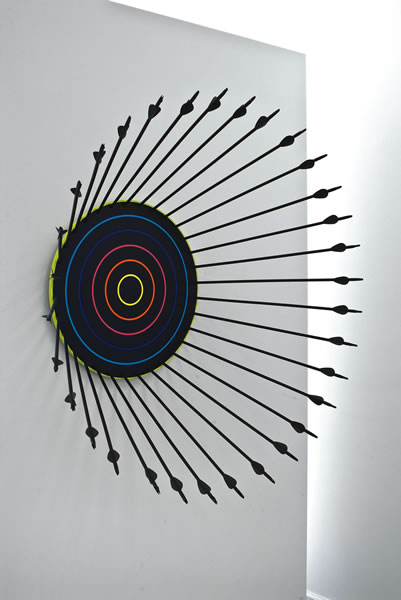 Deep within the first-floor confines of the Laguna Art Museum, something is stirring—the shift as gradual and game-changing as it is necessary. The first invasion took place in June. Under the auspices of an exhibition program called Ex-pose, Laguna Beach filmmaker Peter Bo Rappmund arrived with three films—staticky, lush and sharp in quality. Created using animated stills, each film explored the nature of borders, both natural and arbitrary—a prodigious start to a program bent on blurring boundaries and dulling edges.
Deep within the first-floor confines of the Laguna Art Museum, something is stirring—the shift as gradual and game-changing as it is necessary. The first invasion took place in June. Under the auspices of an exhibition program called Ex-pose, Laguna Beach filmmaker Peter Bo Rappmund arrived with three films—staticky, lush and sharp in quality. Created using animated stills, each film explored the nature of borders, both natural and arbitrary—a prodigious start to a program bent on blurring boundaries and dulling edges.
Conceived by curator of contemporary art, Grace Kook-Anderson, the Ex-pose program kicked off this summer and is providing a much-needed outlet for contemporary artists—and fans—in Orange County. Focusing on one artist at a time, the program intends to feature a diverse range of artists and mediums in a series of rotating exhibits. “The idea was to have a constant contemporary art presence because there’s this identity or group of people that favor the historical, and a group of people that favor the contemporary,” Grace says. “And really, when you think of California history it’s this whole narrative trajectory. So, to think of it in a more fluid sense, I wanted to have a constant contemporary art presence here. We’ll have about nine of these—the idea being to show emerging and overlooked midcareer artists and to give each artist the opportunity to really think about this space because this space is kind of a challenge.”
A Personal Journey
The next artist up to the challenge is Macha Suzuki, a Japanese-born sculptor known for his curious, Technicolor installations and tongue-in-cheek humor. After seeing an installation of his at Sam Lee Gallery in Los Angeles, where Macha is represented, Grace was struck not only by the artist’s playfulness but also by his unique brand of 3-D surrealism.
“A lot of surreal works are more painterly and internal,” Grace says. “But with [Macha’s], it was kind of environmental and I really appreciated that. There’s also this lightness, this humor, and balanced with it is this darkness—you don’t really know what’s going on.”
Friendly and quick to laugh, Macha is the first to admit that his work invites varying avenues of interpretation. Attempting to describe the new work he prepared for the Ex-pose show, which opened Nov. 4, Macha explains, “Right now, where I’m at in life, there are a lot of things that don’t seem to be going perfectly—so rather than getting down on myself, I’m trying to see the silver lining … sort of celebrating the growth that can result from tough times and allowing it to be an opportunity,” he says. “In my mind there’s this duality between celebration and mourning, presenting my own story in a way that somehow conveys—for lack of a better word—a sense of hope. It’s like, OK, I’m at the bottom; there’s nowhere to go but up. I try to convey some sense of defeat and some sort of victory or celebration through my sculptures. I don’t know that I’ve really figured out how to talk about it yet.”
An extension of his previous body of work, for Ex-pose, Macha continues to mine his personal history and experiences for ideas—using them to drive the underlying narrative and engage his viewers. Often substituting animals for people and cleverly planting the word “fail” within the interstices of budding branches, his work also features sheep impaled by a perimeter of neon arrows, botched target practices and children with geometric light-boxes for heads. Working with everything from wood and fiberglass to ground limestone, resin and spray foam, Macha is a master craftsman, with quirks. And though he’s always dabbled in bright neon palettes and abstract forms, Macha continues to experiment and conceptualize, constantly translating his two-dimensional thoughts into 3-D works of art.
“For the new work I’m doing, I use geometric shapes as a stand-in for the unknown, so it really hasn’t developed its form yet. I think about prototypes or blueprints. … Before something develops, you start with these basic forms. The geometric shapes are the building blocks from which the details are made. They’re in the process of becoming something,” Macha says.
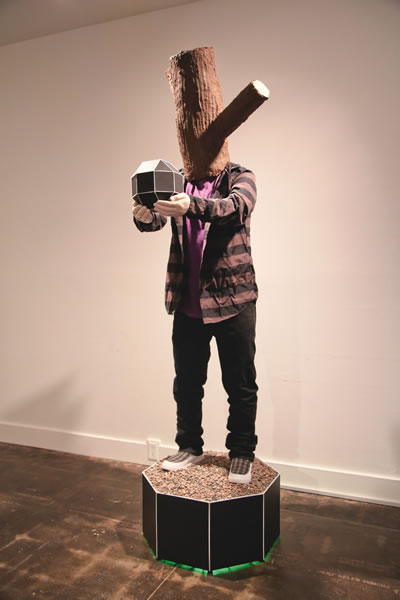 Macha has come a long way since his undergraduate days at Azusa Pacific University, where he primarily trained in painting and photography. His transition into sculpture was somewhat accidental and involved a radio-controlled duck (he made the duck sculpture and tried to have it interact with the real ducks; it was the first time he realized the potential of alternative sculpture). But once the artist eschewed traditional sculpture methods in favor of using unconventional materials, he found his true passion, and he hasn’t looked back since.
Macha has come a long way since his undergraduate days at Azusa Pacific University, where he primarily trained in painting and photography. His transition into sculpture was somewhat accidental and involved a radio-controlled duck (he made the duck sculpture and tried to have it interact with the real ducks; it was the first time he realized the potential of alternative sculpture). But once the artist eschewed traditional sculpture methods in favor of using unconventional materials, he found his true passion, and he hasn’t looked back since.
Operating under the working title “This is the End,” even Macha is unsure how prophetic his mindset—and the work that results—will be in December, about halfway through the Ex-pose show’s run. “I love that idea of OK, this is the end of the world, but then there’s another tomorrow after that,” he says, laughing. “I see every end being a new beginning. I love the fact that at the end of the world, the last thing I did was to have this art show, and then there’s another day after that. To me it’s kind of funny but at the same time, if it does in fact end, I’ll die a happy man.”
Beneath the Surface
Exposure of this magnitude for contemporary artists in south Orange County—and Laguna Beach in particular—is long overdue. Yet it doesn’t make the selection process for the museum or for Grace any easier. To some extent, geography and aesthetic are always a factor, but still the question lingers: What is it that gives certain artists that gravitational pull—that innate ability to draw people in? In other words, what makes one artist more Ex-pose worthy than another? “There’s such a wide range of contemporary artists,” Grace says. “The thing that’s compelling for me is [the] artists that always have some sort of conceptual underpinning. Not just an artist that executes their craft well but who has something social or political, something underneath the surface. Those are the works that keep me thinking, that have me engaged. Also, just thinking where the artist has been and hoping where the artist will go—I’m trying to think about that as well.”
Given the intimate yet playful domains created by Macha Suzuki and the spellbinding effect of Allison Schulnik’s macabre oil paintings (coming in February), it’s clear that wherever these particular artists are headed, the revelations they bring to the Laguna Art Museum are a definitive step in the right direction—for them and for Orange County. LBM
Coming Up Next: Allison Schulnik
Given to painting social outcasts as grotesque as they are vulnerable, Allison Schulnik’s dark palette, caked canvases and 19th century style are unmistakable—strange bedfellows for a young Los Angeles artist also well-versed in music and dance. Surreal and haunting, Allison’s participation in the Ex-pose program marks her very first museum exhibition, a fact that isn’t lost on Grace Kook-Anderson, curator of contemporary art at Laguna Art Museum.
“She’s getting a lot of attention,” Grace admits. “So I was a little worried because of all the artists I have in my program so far, she’s already doing quite well. There is something about the fact that she’s based in LA. She’s getting more recognition in New York, but it’s still very regional; hopefully that will change.”
Visitors to the museum can look forward to a wide array of Allison’s enigmatic paintings featuring her trademark hobos, clowns and sailors. All three of her experimental Claymation films, “Hobo Clown” (2008), “Forest” (2009) and “Mound” (2011), will also be included.
“Ex-pose: Allison Schulnik” runs from Feb. 24 to April 28, 2013. (lagunaartmuseum.org)


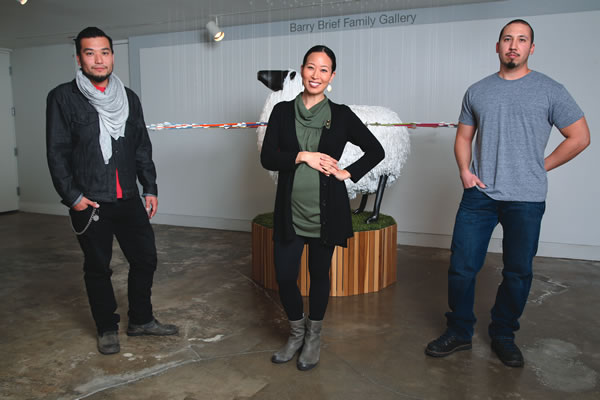
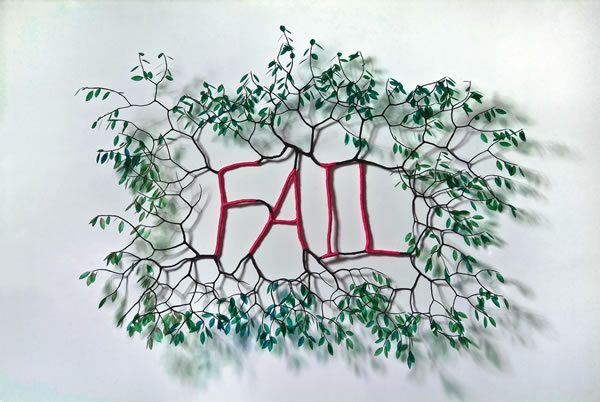
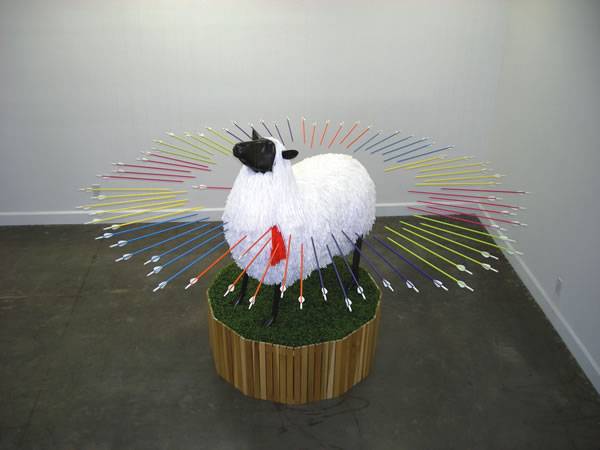
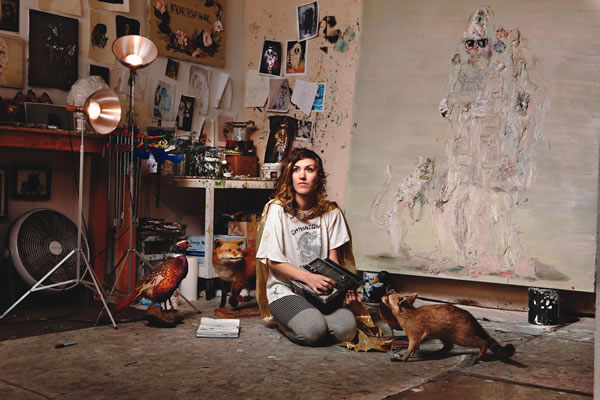
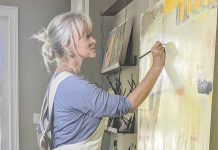
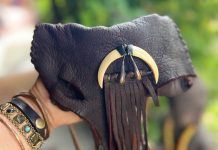
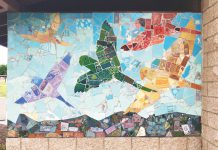
[…] COAST Magazine . >> Laguna Beach Independent . >> OC Weekly . >> KCET . >> Laguna Beach Magazine . >> ArtScene Filed Under: Museum […]